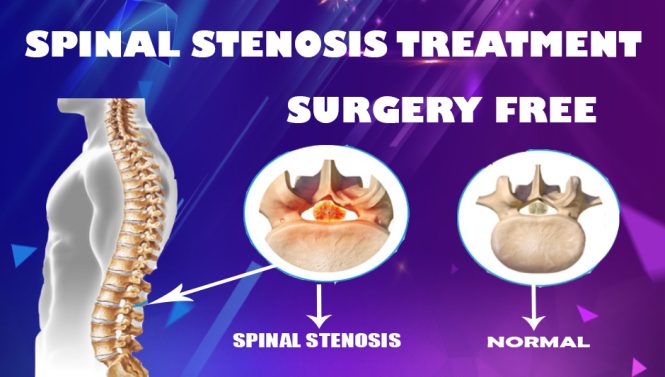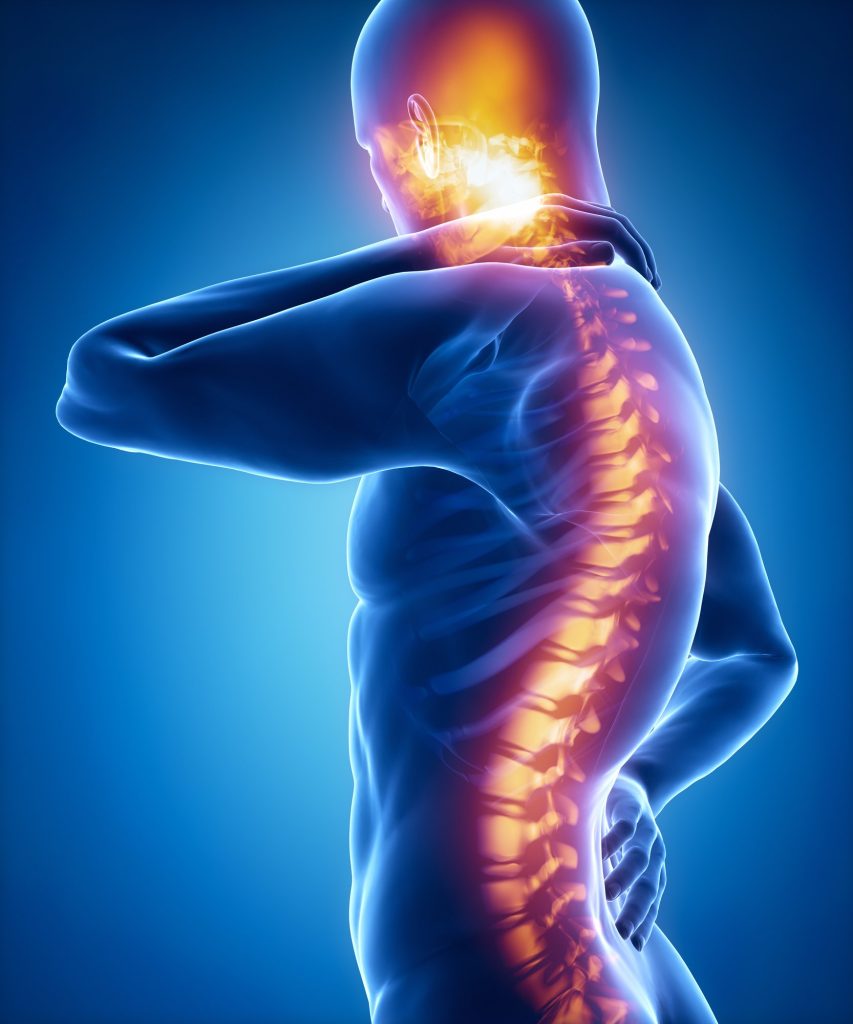

Spinal stenosis treatments offer a variety of approaches to alleviate the pain and discomfort associated with this condition. Imagine waking up without the nagging back pain that has been a constant companion, experiencing renewed mobility, and regaining control over your life. Spinal stenosis, characterized by narrowing of the spinal canal, can lead to compression of nerves and spinal cord, resulting in debilitating pain, numbness, and weakness. This often affects individuals of all ages. Common symptoms include radiating pain, tingling sensations, and difficulty walking. This article delves into a range of spinal stenosis treatments designed to address these issues and enhance well-being. We’ll explore conservative therapies, minimally invasive procedures, and even surgical options, providing you with a comprehensive understanding of the available choices. The structure of this guide will be as follows: we’ll start with an overview, proceed to detailed discussions of different therapeutic approaches, and then conclude with actionable advice and frequently asked questions.
Overview of Spinal Stenosis
Understanding Spinal Stenosis
Spinal stenosis is a condition that narrows the spinal canal, the space that houses the spinal cord and nerves. This narrowing can compress the nerves and spinal cord, leading to pain, numbness, and weakness. The cause can vary but often involves degenerative changes associated with aging, such as osteoarthritis. Herniated discs or bone spurs can also contribute to the problem. Spinal stenosis is more common in older adults, with prevalence increasing with age and can affect individuals of various ages and ethnicities. This condition can cause significant discomfort and affect daily activities. Symptoms can include pain that radiates down the legs, numbness or tingling, and weakness in the legs. Severe cases might involve difficulty walking, affecting mobility and quality of life.
Conservative Therapies
Non-Surgical Approaches
Conservative approaches, often the first line of treatment for spinal stenosis, focus on managing symptoms without surgery. These methods are typically less invasive and can be effective in alleviating pain and improving functionality in the early stages of the disease. Examples of conservative therapies include physical therapy and pain management strategies. Physical therapy plays a crucial role in strengthening core muscles, improving posture, and increasing flexibility, often improving mobility, reducing pain, and improving balance. Pain management techniques may incorporate medications such as anti-inflammatory drugs and/or muscle relaxants. Some patients find relief through injections of corticosteroids to reduce inflammation and pain. Lifestyle modifications, such as maintaining a healthy weight and engaging in regular exercise, can also contribute to pain relief and improved spinal health.
Minimally Invasive Procedures
Advanced Techniques
Minimally invasive procedures are gaining popularity as they represent a middle ground between conservative therapies and major surgery. These techniques involve smaller incisions and less tissue disruption compared to traditional open surgery. One such procedure is endoscopic decompression, where a small camera and specialized instruments are inserted through a small incision to relieve pressure on the nerves. Another example includes laser therapy, which targets the affected area with focused laser energy to reduce inflammation and stimulate healing. These minimally invasive procedures are generally less disruptive to the body and tend to recover faster, thus leading to quicker return to daily activities. They may also be less risky and can reduce recovery time. These less invasive procedures are often an attractive option to patients, especially those seeking quick recovery.
Surgical Interventions
Options for Advanced Cases
Surgical interventions, such as spinal decompression surgery, are reserved for cases where conservative and minimally invasive approaches have failed to provide adequate relief. The goal of spinal decompression surgery is to remove pressure from the compressed nerves and spinal cord. This can involve several types of procedures, like laminectomy, foraminotomy, or spinal fusion. Laminectomy involves removing part of the lamina, the bony arch of the vertebra, to create more space for the nerves. Foraminotomy enlarges the openings through which the nerves exit the spine. Spinal fusion, on the other hand, involves fusing two or more vertebrae together to stabilize the spine. The choice of surgical intervention depends on the location and severity of the spinal stenosis. The surgeon will assess the particular case and discuss the best surgical approach with the patient.
Rehabilitation and Lifestyle Changes
Long-Term Management
Rehabilitation plays a critical role in the long-term management of spinal stenosis, aiding in the recovery process. Post-operative and pre-operative physical therapy is often recommended to regain strength, flexibility, and range of motion. It also helps in adapting to any physical limitations that might arise from the treatment and helps in developing coping mechanisms. Implementing lifestyle adjustments can also help alleviate symptoms and prevent future flare-ups. These include maintaining a healthy weight, engaging in regular exercise, and practicing good posture. A healthy diet and regular exercise can improve overall well-being. Proper ergonomics at work and home can also help in spinal health.
Importance of Early Diagnosis
Prompt Action
Early diagnosis and appropriate intervention are key to effectively managing spinal stenosis. Recognizing the early symptoms and seeking medical attention can significantly impact the treatment outcome. This proactive approach can help prevent further nerve compression and potential long-term complications. A timely evaluation ensures proper diagnosis and allows for prompt interventions, which are key to managing and treating this condition.
Role of Specialist
Expert Consultation
Consulting with a spine specialist is crucial in the management of spinal stenosis. These specialists possess advanced knowledge and expertise in diagnosing and treating conditions affecting the spine. They can provide personalized recommendations based on the patient’s specific situation, ensuring effective treatment and enhancing quality of life.
Spinal Stenosis Exercise Program
Physical Training
A structured spinal stenosis exercise program can play a significant role in managing symptoms and improving overall spinal health. Exercises designed to strengthen core muscles, improve posture, and increase flexibility can help to reduce pain and enhance mobility. Consult with a physical therapist to develop an exercise program suited to individual needs and limitations.
Alternative Therapies
Supportive Options
Alternative therapies, such as acupuncture, massage therapy, and yoga, can play a supportive role in managing spinal stenosis symptoms. These therapies may help to reduce muscle tension, relieve pain, and improve overall well-being, although their efficacy in treating the root causes of spinal stenosis is not fully established. Consult with a healthcare professional before incorporating alternative therapies into your treatment plan. Spinal stenosis is a condition with the potential for pain to become a chronic problem. Therefore, proper care is essential to manage the symptoms and prevent further deterioration of the affected parts of the spine and the nervous system.
Frequently Asked Questions
What are the most common symptoms of spinal stenosis?
Common symptoms of spinal stenosis include pain that radiates down the legs, numbness or tingling, and weakness in the legs. Severe cases might involve difficulty walking and problems with balance. These symptoms can vary in intensity and may worsen with activity or prolonged standing. Consult a doctor for a proper diagnosis. Seek professional medical advice for any concerning symptoms.
What are the potential complications of spinal stenosis treatment?
Potential complications associated with spinal stenosis treatment vary depending on the chosen approach. Conservative therapies usually carry minimal risks, while minimally invasive procedures have a lower risk of complications compared to open surgery. However, any surgical intervention carries inherent risks such as infection, bleeding, or nerve damage. The potential complications should be thoroughly discussed with your medical provider before proceeding.
In conclusion, spinal stenosis treatments offer a range of options tailored to individual needs and severity. From conservative therapies to minimally invasive procedures, patients can explore various strategies to manage their spinal stenosis symptoms and improve their quality of life. If you’re experiencing back pain and nerve compression, consider consulting a spine specialist for a personalized treatment plan. Schedule an appointment today to discuss your options and embark on a path toward lasting relief.